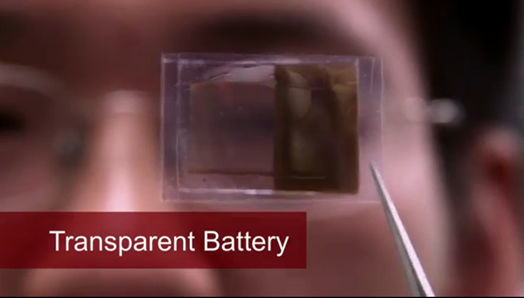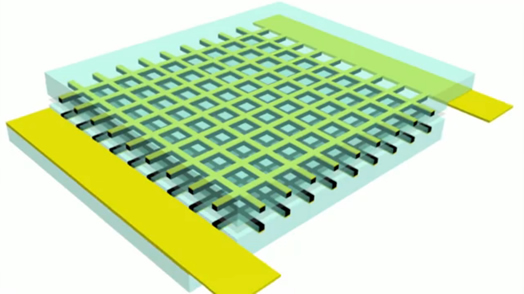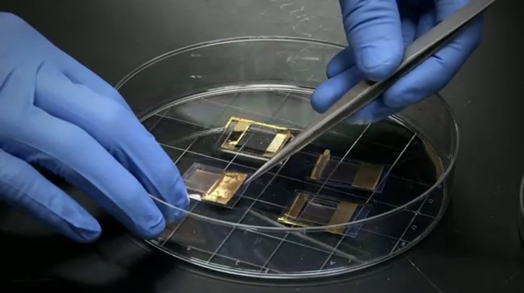
Futuristic it may sound, transparent batteries are much closer to reality thanks to a Stanford University research team. Under supervision of Professor Yi Cui, Material Science graduate student Yuan Yang developed this lithium-ion battery which not only transparent but also highly flexible and may costs similar to regular batteries. As far as consumer electronics market concern, this has huge potential in application with gadgets, laptops & mobile devices such as cell phones etc.
Yuan Yang, the brain child behind this idea & the first author of the paper “Transparent lithium-ion batteries” in the July 25 edition of the “Proceedings of the National Academy of Sciences”. The key to transparency of this battery is down to the mechanism of human eyes, naturally human eye can resolve between 50 to 100 microns. According to Yang “If something is smaller than 50 microns, your eyes will feel like it is transparent”.
They arranged battery electrodes in a grid formation which look like a wire mesh in micro scale. Each gridline is approximately 35 microns wide, which let light pass though the gaps between the lines enabling the transparency of the grid formation.

One of the main material they used in this battery is polydimethylsiloxane (PDMS), a semi rubbery compound which is transparent. According to Yang “PDMS is pretty cheap, and already being used in plastic surgery and contact lenses”, “But it is not conductive, so we had to deposit metals onto it to make it conductive.”
To achieve this PDMS was poured into silicon moulds, which mimics the grid layout trenches. To create a conductive layer they evaporate a metal film over the tranches. Then they dropped a liquid slurry solution containing minuscule, nano-sized active electrode materials into the trenches. With Yang’s specially developed transparent material then sandwiched between electrodes.
Precision alignment is the word, when it’s placing electrolyte layer between two electrodes, to create a transparent battery. Researchers light transmittance tests showed a up to 62% transparency in visible light, as far as the gridlines are matched accurately.

“The energy density is currently lower than lithium batteries,” said Yang. “It is comparable to nickel-cadmium batteries right now.”
However “It just looks cool,” said Cui. “I want to talk to Steve Jobs about this. I want a transparent iPhone!”
Source: www.stanford.edu
